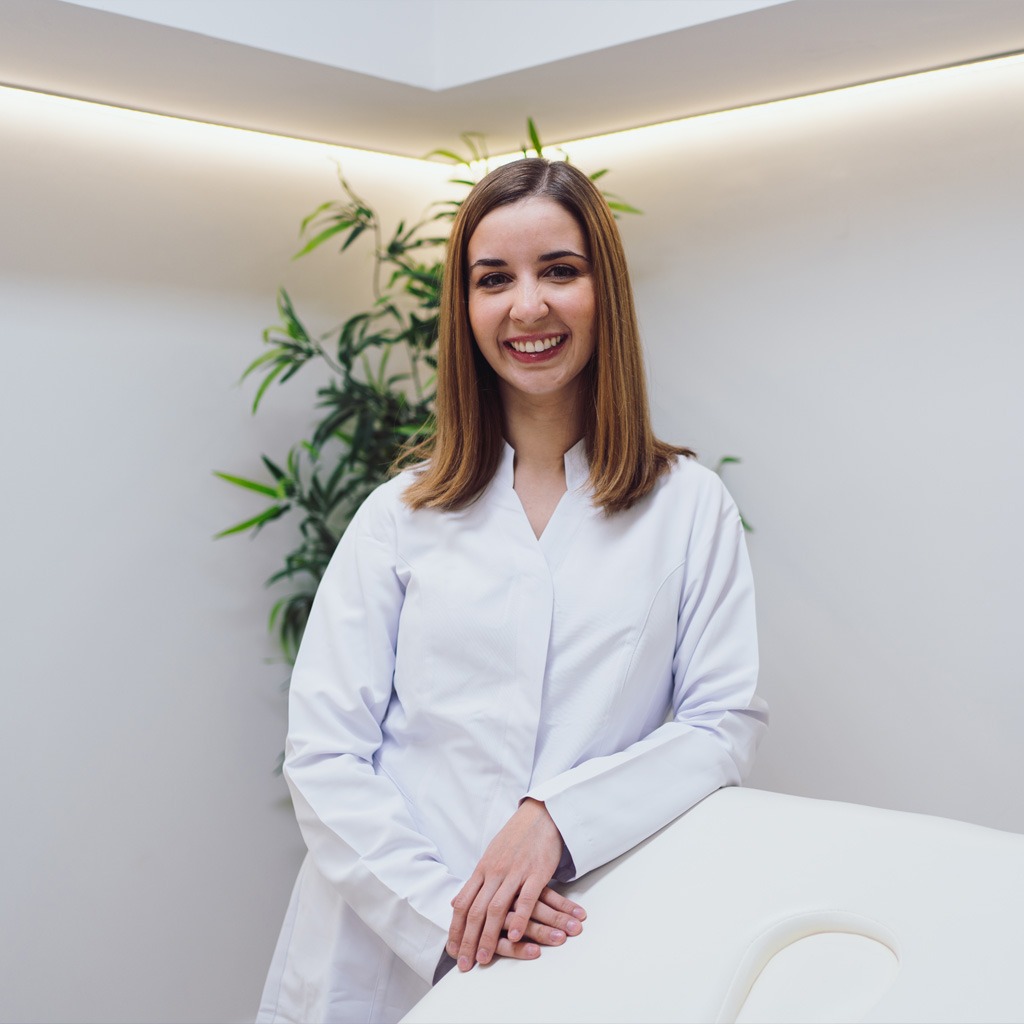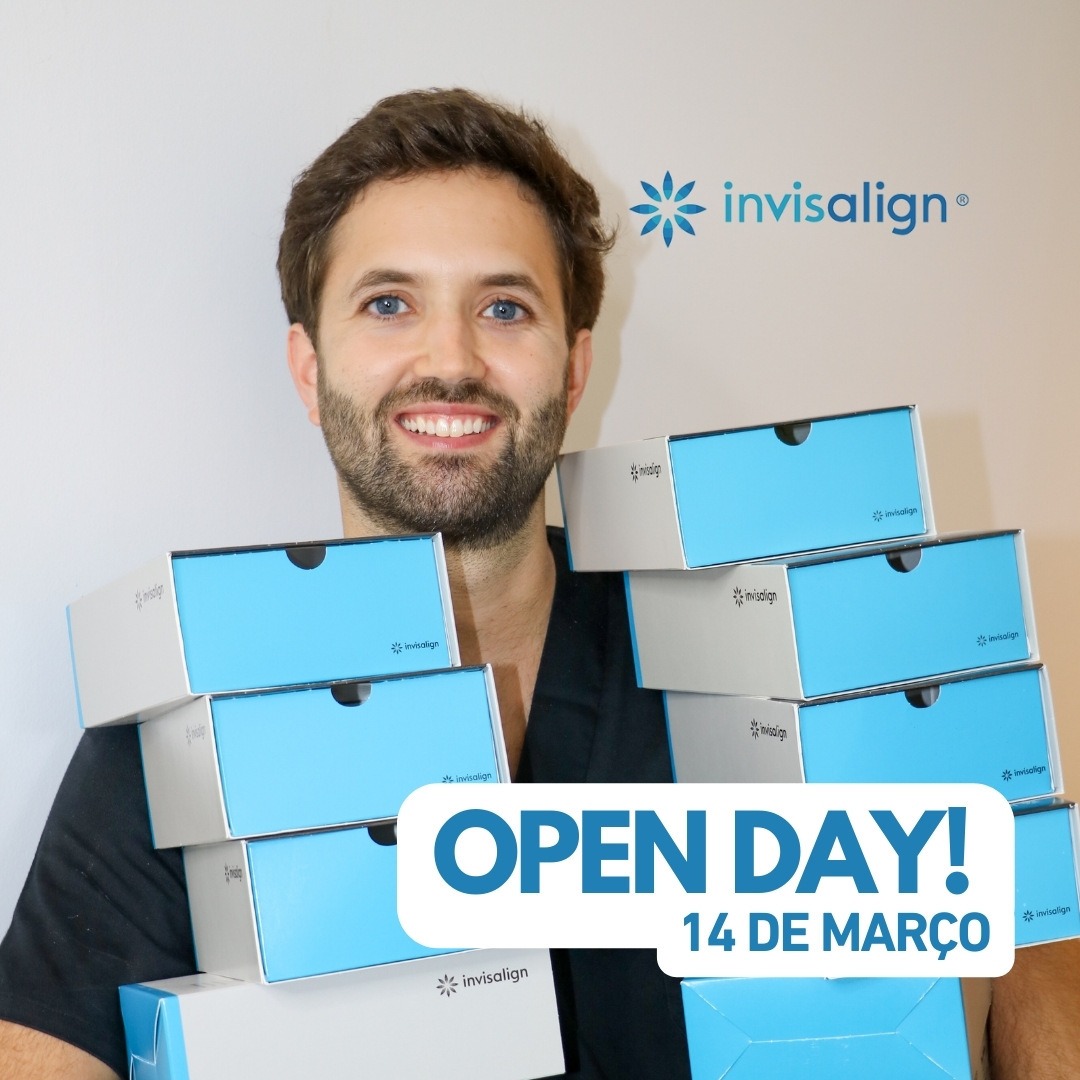PDO threads are composed of polydioxanone (a colorless, crystalline and biodegradable synthetic polymer), which makes them totally absorbable. As well as producing a lifting effect, they stimulate collagen production. Their results are extremely effective and are able to combat sagging in the face or neck; drooping eyebrows; the contour of the chin; perioral wrinkles (around the mouth); among other effects. One of the great advantages of PDO threads is that the results of this facelift are possible through a non-surgical procedure, which allows for immediate recovery and a quick return to your normal routine. This aesthetic procedure is especially aimed at people with sagging tissue or who want to avoid it. It is therefore possible to have this treatment from the age of 25, depending on the individual’s characteristics. Normally, the areas where the effect of PDO threads is most evident are: Contours of the face (cheekbones, jawline, etc.) to redefine the area; However, PDO threads can also be applied to areas of the body such as: Glabella (between the eyebrows); As it is partly necessary to wait for the body to react to the collagen stimulation, the rejuvenating effects of this procedure are relatively late. Thus, there is an initial post-procedure result that consists of a slight lifting, produced by the traction made by the spiculated threads. In the months that follow, the body’s natural collagen production is stimulated, showing progressive results, and the final effects should only be more noticeable 6 to 9 months after the PDO threads have been applied. As with any aesthetic procedure, the application of PDO threads can cause some effects, such as slight swelling and redness in the treated area, as well as bruising at the points where the microcannulas enter. However, these effects usually disappear within a few days. To relieve these reactions, cold compresses can be placed on the treated areas for the first 24 to 48 hours after the procedure. In addition, you should avoid massaging the treated area, pressing on it or making excessive movements in the area for 3 to 5 days after the procedure. It is also contraindicated to engage in intense physical activity in the days following the application of PDO threads. PDO threads remain in the body for up to 6 months after the procedure. However, even after they have been absorbed, the inflammatory process responsible for inducing collagen remains and so we can consider that the effects of this treatment can last up to 2 years after the application of the PDO threads. Even after this period, some of the benefits of the procedure remain. However, the ageing process continues and it is therefore important to be monitored by a doctor who can assess whether or not it is justified to replace more threads or to carry out other aesthetic procedures. The Fox Eyes technique has been in great demand and aims to lift the caudal portion of the eyebrow using PDO threads, in order to “pull” the eye and give it a more elongated and sensual look. This “lifting” of the periorbicular region is able to lift the gaze and reduce the appearance of “droopy”, sad and heavy eyes that arise due to sagging eyelids. The Fox Eyes technique, using PDO threads, is gaining more and more fans, especially because of its natural and long-lasting effect. We reply within a maximum of 24 working hours. PDO threads
When and where can PDO threads be used?
Facial furrows (“Chinese moustache”, “marionette line”, “bulldog cheeks”);
Neck and jowls.
Eyes (“crow’s feet”);
Arms, abdomen, inner thighs, etc.Are the results immediate?
What effects and care should be taken after applying PDO threads?
How long do the results of this procedure last?
What is the relationship between the PDO threads and the fox eyes?
Frequently Asked Questions
BOOK YOUR APPOINTMENT ONLINE
Contact us






